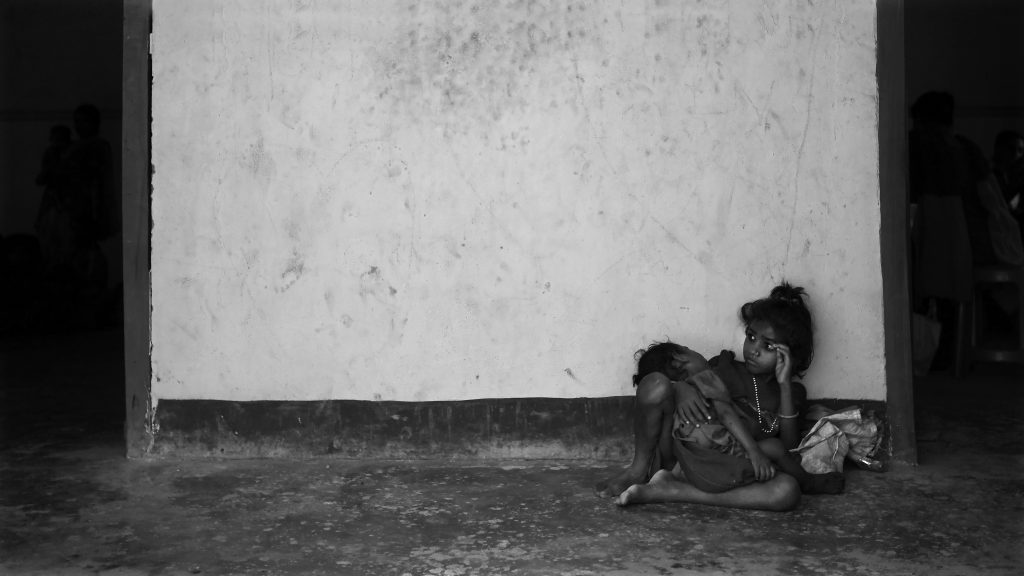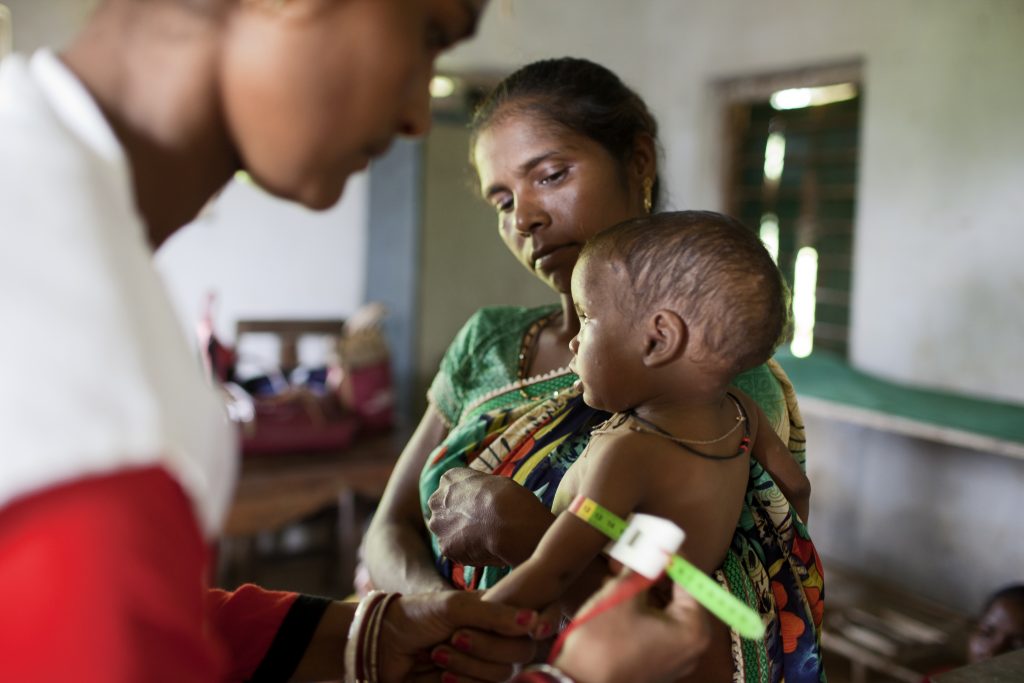With 93 lakh children under the age of five affected by Severe Acute Malnutrition, India has the largest burden of severe malnutrition in the world. This National Nutrition Week (September 1-7, 2019) we’ll be addressing a few common queries about Severe Acute Malnutrition.
Q1. What is Severe Acute Malnutrition (SAM)?
Ans. Severe Acute Malnutrition is a term for a condition used to describe current or recent decrease in food consumption resulting in wasting (loss of muscle) or oedema. Wasting could happen if a child fails to gain weight or lose weight due to illness, inappropriate feeding practices, lack of hygiene and sanitation, and/or other reasons.

Q2. How do we know if a child suffers from SAM?
Ans. The severity of malnutrition is defined through anthropometric indices: body measurements interpreted in comparison to a reference population, such as weight-for height (W/H) or mid-upper arm circumference (MUAC) for acute malnutrition. SAM means a child has a very low weight (( in relation to his/her height when compared to the WHO child growth chart standards, or a MUAC reading of , along with clinical indicators such as oedema).
Q3. How does SAM affect a child’s growth and development?
Ans. Severe Acute Malnutrition is a serious health problem that impedes physical growth and cognitive development. SAM children have reduced immunity and deranged metabolic system which renders the body weak and makes them susceptible to common diseases like diarrhoea and pneumonia, or even death, if left untreated.

Q4. How can SAM be managed?
Ans. An approach that integrates the public health system with community level initiatives carried out by the health workers can be a resourceful and effective way of detecting and treating SAM cases. Community level care not only reaches out to a larger number of patients, but also relies on the understanding that early detection of the condition in patients can save more lives.
MSF has been working since 2017 to identify and treat children with SAM using the community-based management of acute malnutrition (CMAM) model. Under CMAM, Accredited Social Health Activists (ASHAs) in the villages identify and screen children for SAM before referring them to the nearest primary health centre (PHC), where trained government nurses provide the necessary nutritional and medical care.












